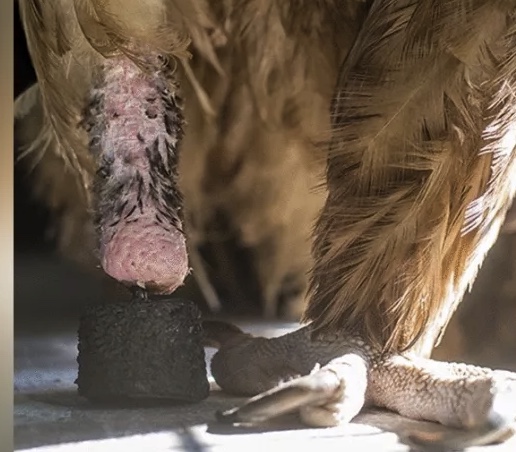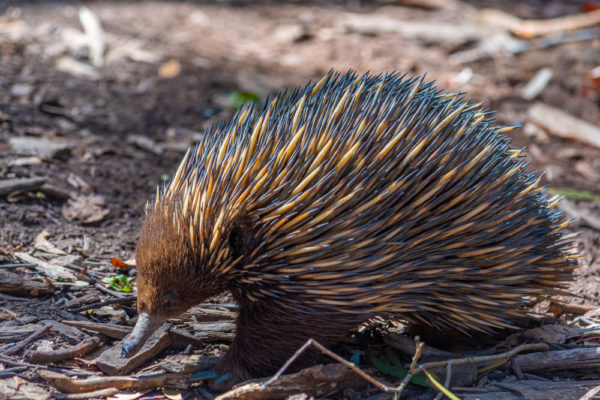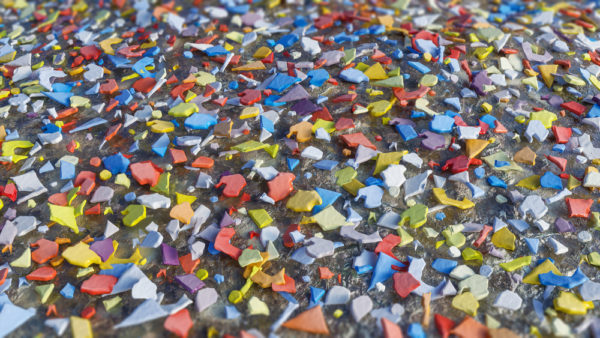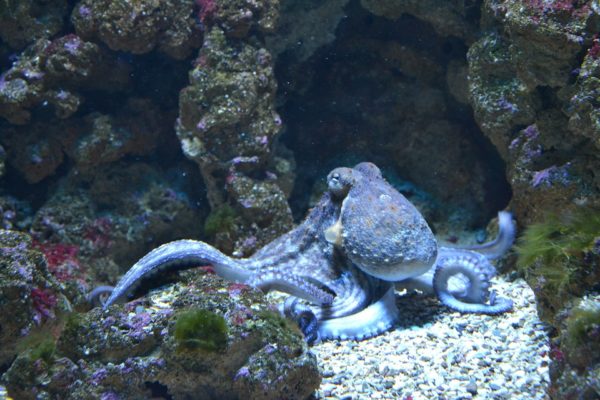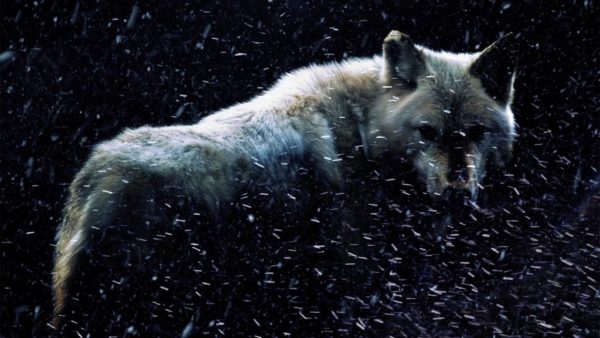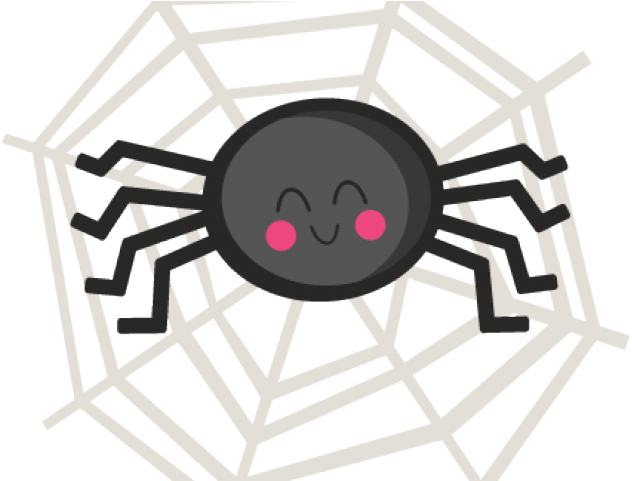What Happens When You Shoot a Water Bear Out of a Gun?
Tardigrades, those adorable, chubby water bears, are notoriously hardy — they may even survive an apocalypse that wipes out humanity. But can these hardy water bears survive being shot from a gun? New research has found that yes, these hardy critters can make it out alive, but they also have a breaking point. The new study was inspired by uncertainty about the fate of tardigrades that were aboard Israel’s Beresheet probe when it crash-landed on the moon in 2019, according to Science magazine. Had the tardigrades, also called “water bears,” survived and contaminated Earth’s lifeless companion? After all, these teensy … Read more




